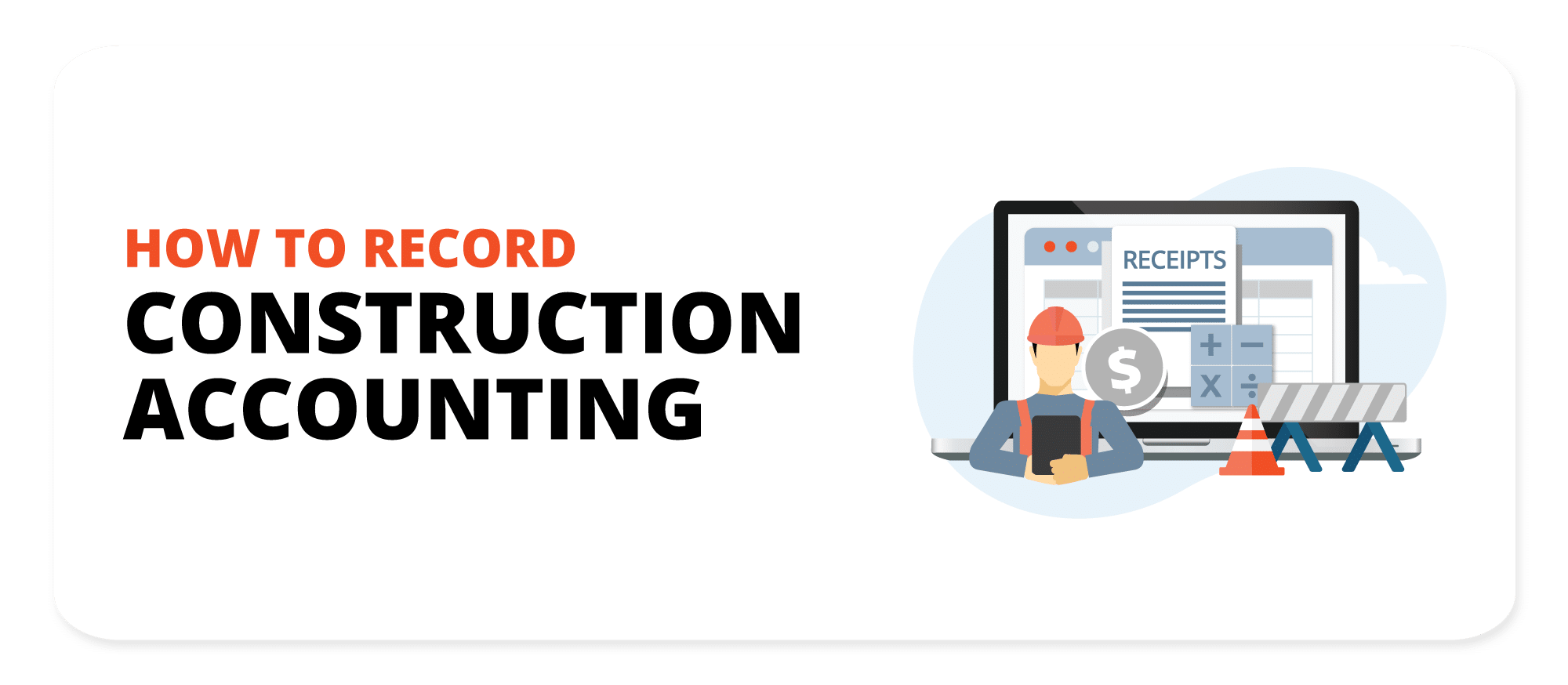Construction Accounting Guidelines for Small and Emerging Contractors
Construction Accounting Guidelines for Small and Emerging Contractors
Blog Article
Grasping Construction Accountancy: Vital Tips for Financial Success in the Sector
Grasping construction accounting is a vital element for financial success within the market, as it includes different methods that straight influence job success. Discovering these overlooked techniques may expose chances that can change your approach to building bookkeeping.
Comprehending Building And Construction Accountancy Essentials
Recognizing the fundamentals of building and construction audit is important for reliable task monitoring and economic oversight in the construction market. Building and construction bookkeeping differs substantially from conventional bookkeeping practices because of the distinct obstacles positioned by project-based work, consisting of variable costs, varying timelines, and intricate governing needs.
A crucial aspect of building and construction audit is task costing, which involves monitoring costs for each and every certain task. This approach allows contractors to accurately analyze productivity and make educated financial choices. Furthermore, construction bookkeeping includes making use of progress payment, where billings are issued based upon the portion of work finished, making sure capital is kept throughout the project lifecycle.
One more crucial part is the administration of change orders, which represent alterations to the initial agreement range. Appropriate documents and bookkeeping for these modifications are vital to prevent economic disputes and guarantee exact task budgeting.
Lastly, comprehending the importance of conformity with industry guidelines and tax obligation requirements is extremely important. Exact economic coverage and adherence to bookkeeping criteria not just secure against lawful issues however additionally enhance the integrity of construction companies. Mastering these essentials establishes the foundation for efficient economic management within the construction market.
Effective Task Budgeting Strategies
Reliable project budgeting methods are crucial for making sure that building and construction tasks continue to be monetarily practical and on course. A well-structured budget offers as a roadmap, guiding task managers through the complexities of building and construction prices. To start, it is necessary to establish an extensive extent of work that details all needed jobs and deliverables. This clarity aids in properly estimating prices.
Following, using historic information from previous jobs can significantly boost the precision of spending plan quotes. By examining previous expenses, teams can identify expense trends and possible pitfalls. Additionally, engaging stakeholders throughout the budgeting process fosters openness and safeguards buy-in, which can alleviate disagreements in the future.
Additionally, adopting a comprehensive line-item budget allows for careful monitoring of prices connected with materials, labor, and expenses. This granularity enables task managers to determine variations early and adjust techniques as necessary. Additionally, integrating backup allowances within the spending plan can help represent unanticipated costs, protecting the job against financial pressure.
Finally, normal budget plan assesses throughout the job lifecycle make certain that financial objectives remain lined up with job goals, facilitating prompt interventions when required. Executing these techniques can substantially add to the economic health and success of building and construction projects.
Simplifying Price Tracking Procedures
Exact price tracking procedures are necessary in the building industry, as they regularly figure out the economic success of a job. Reliable tracking permits task supervisors to check costs in real-time, guaranteeing they remain within budget and can make enlightened choices promptly. To enhance these procedures, it is crucial to embrace a systematic strategy that incorporates technology and recognized methods.
First, making use of customized building and construction accountancy software can automate data entry and reporting, decreasing human error and raising performance. construction accounting. Such software commonly consists of features for tracking labor, materials, and subcontractor prices, offering a thorough view of project expenses
Second, systematizing treatments for taping costs across projects enhances uniformity and streamlines analysis. Establishing a clear chart of accounts tailored to the special needs of building tasks can assist in exact classification of expenditures.
Finally, normal training for personnel on the importance of accurate cost monitoring and the devices used while doing so promotes accountability. By carrying out these strategies, building and construction firms can substantially improve their expense monitoring processes, causing enhanced monetary control and task success. Inevitably, a well-structured method to set you back tracking lays the foundation for successful job monitoring and long-term financial sustainability.
Managing Capital Successfully

Regularly keeping an eye on money flow declarations is vital. By analyzing cash inflows and outflows, organizations can determine fads and possible deficiencies. This method assists in timely modifications to spending or repayment timetables, protecting against cash money shortages that could threaten job timelines.

Finally, keeping an economic cushion or line of credit history can offer a safety and security internet during lean durations. Utilizing these approaches will result in a much more secure economic foundation, making it possible for building and construction firms to browse the market's integral unpredictabilities with higher self-confidence.
Preventing Usual Bookkeeping Mistakes
In the facility landscape Going Here of building and construction bookkeeping, staying clear of common challenges is necessary for preserving economic honesty and task success. Construction projects usually entail numerous purchases, and stopping working to record them properly can lead to inconsistencies and economic losses.
Another mistake is the mismanagement of adjustment orders. Modification orders are an all-natural part of building and construction jobs, however without appropriate accountancy for these modifications, business might battle to recoup expenses. Establishing a clear procedure for documenting and authorizing adjustment orders can reduce this threat.
Additionally, ignoring to integrate accounts on a regular basis can cause imprecise monetary declarations and prevent decision-making. Routine reconciliation makes certain that records align with bank declarations and project paperwork.
Last but not least, overlooking tax commitments can have extreme repercussions. It is necessary to stay informed about tax laws certain to the building industry, consisting of sales tax obligation on products and labor.
Verdict
Grasping construction accounting is critical for check out this site accomplishing financial see here success within the market. Focusing on compliance and dealing with typical accounting mistakes solidifies credibility and sustains long-lasting success, eventually cultivating a sustainable affordable benefit in the building and construction industry.
Report this page